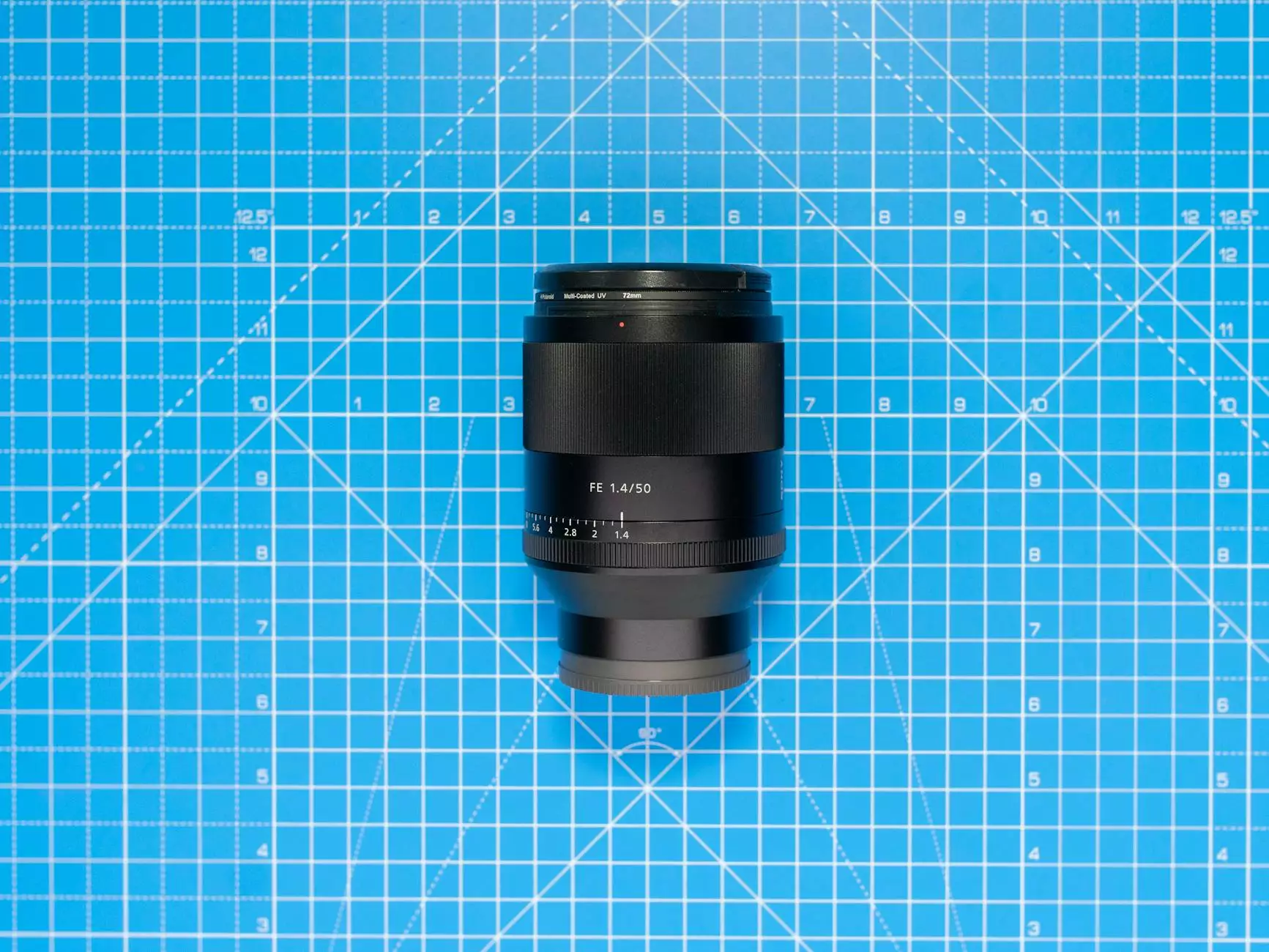Transform Your Appearance: Understanding the Deep Plane Facelift

The deep plane facelift is an innovative surgical procedure that has revolutionized the way we approach facial rejuvenation. As aging takes its toll on our skin, we often seek solutions to restore our youthful appearance and enhance our natural beauty. This article dives deep into the nuances of the deep plane facelift, equipping you with the knowledge necessary to make informed decisions about your cosmetic surgery options.
What is a Deep Plane Facelift?
The deep plane facelift is a sophisticated approach to facial rejuvenation that addresses the underlying structures of the face, rather than merely the skin. This method allows for a more comprehensive lift and a more natural-looking result compared to traditional facelift techniques, which only target the superficial layers.
Understanding Facial Aging
As we age, several changes occur in our facial structure:
- Loss of collagen and elasticity: These fundamental components of skin health decline with age, leading to sagging.
- Fat redistribution: Fat pads in the face diminish and shift, resulting in hollow cheeks and pronounced jowls.
- Gravity: The relentless pull of gravity contributes to the descent of facial tissues.
- Bone density loss: Changes in skeletal structure also play a significant role in facial aging.
How Does the Deep Plane Facelift Work?
Unlike traditional techniques, the deep plane facelift operates on multiple anatomical layers:
Step-by-Step Procedure
- Anesthesia: The procedure begins with administering anesthesia to ensure patient comfort.
- Incisions: The surgeon makes strategic incisions that are generally hidden around the ears and hairline.
- Accessing Deeper Layers: The focus of the deep plane facelift is on the deeper structures, including the SMAS (Superficial Muscular Aponeurotic System). This allows the surgeon to reposition the underlying tissues for a more dramatic lift.
- Repositioning Fat and Skin: Instead of simply pulling the skin tight, the surgeon lifts and repositions fat and muscle layers, creating a more youthful contour.
- Closing Incisions: Once the desired results are achieved, the incisions are carefully closed, minimizing visible scarring.
Benefits of Choosing the Deep Plane Facelift
Choosing the deep plane facelift comes with a set of benefits that set it apart from traditional methods:
Enhanced and Natural Results
The results of a deep plane facelift tend to look more natural because it addresses the underlying structures rather than simply tightening the skin. Patients often enjoy a more youthful appearance without the “pulled” look associated with older facelift techniques.
Long-Lasting Effects
One of the significant advantages of a deep plane facelift is the sustainability of results. Patients experience longer-lasting improvement, often enjoying their results for a decade or more with proper skincare and maintenance.
Minimally Invasive
While still a surgical procedure, the incisions used in deep plane facelifts are discreet and designed to minimize scarring. This allows for a quicker recovery period.
The Recovery Process
Recovery from a deep plane facelift is crucial in ensuring optimal results:
Initial Recovery
Immediately after surgery, patients may experience discomfort, swelling, and bruising. These symptoms generally peak after a few days and begin to subside significantly by the end of the first week.
Follow-up Care
Follow-up appointments are essential to monitor healing and ensure that any potential complications are swiftly addressed. Surgeons often provide detailed aftercare instructions, which may include:
- Avoiding strenuous activities for a set period.
- Keeping the head elevated during the initial recovery phase.
- Following a prescribed medication regimen for pain management.
What to Expect from Your Deep Plane Facelift Consultation
Before undergoing a deep plane facelift, a thorough consultation with a qualified plastic surgeon is vital. During this consultation, expect to discuss:
- Your medical history and any underlying conditions.
- Your goals and expectations for the surgery.
- Details about the surgical procedure and anesthesia options.
- Potential risks and complications.
Choosing the Right Surgeon
The success of your deep plane facelift largely depends on the expertise of your surgeon. Always ensure that your chosen surgeon is board-certified and has extensive experience with the procedure. Consider checking their portfolio of before and after photos to gauge their skill level.
Maintaining Your Results
To preserve the effects of your facelift, follow these guidelines:
- Adopt a Healthy Skincare Routine: Regularly use sunscreen, moisturizers, and anti-aging products.
- Stay Hydrated: Drink plenty of water to keep your skin hydrated.
- Maintain a Balanced Diet: Nutrient-rich foods contribute to skin elasticity.
- Avoid Smoking: It accelerates aging and can negatively impact your results.
Conclusion
In conclusion, the deep plane facelift represents a transformative solution to the signs of aging, combining advanced surgical techniques with a focus on achieving natural-looking results. By thoroughly researching your options and consulting with a qualified surgeon like those at DrEramanak.com, you can embark on a rejuvenating journey that enhances your appearance and restores your confidence. It is vital to make well-informed decisions, embrace the recovery process, and uphold a lifestyle that supports your enduring beauty.









